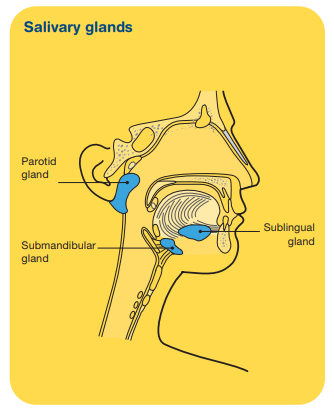Introduction: Adenoid carcinoma, although relatively rare, is a form of cancer that deserves attention and understanding. This type of cancer originates in the salivary glands, particularly the minor salivary glands found in the lining of the mouth and throat. In this blog post, we will explore the key aspects of adenoid carcinoma, shedding light on its characteristics, diagnosis, treatment options, and the emotional journey that individuals and their loved ones may navigate.
Section 1: Unveiling Adenoid Carcinoma
1.1 What is Adenoid Carcinoma?
- Define adenoid carcinoma cancer and its origins in the minor salivary glands.
- Highlight the rarity of this cancer and its distinct characteristics.
1.2 Risk Factors and Causes
- Explore potential risk factors associated with adenoid carcinoma.
- Discuss whether there are known causes or if it often occurs sporadically.
Section 2: Diagnosis and Staging
2.1 Symptoms and Early Signs
- Outline common symptoms that individuals might experience.
- Emphasize the importance of early detection.
2.2 Diagnostic Procedures
- Detail the diagnostic methods used to confirm adenoid carcinoma.
- Discuss imaging, biopsies, and other tests that healthcare professionals may employ.
2.3 Staging and Grading
- Explain the staging and grading systems used to assess the extent and severity of adenoid carcinoma.
- Discuss how this information guides treatment decisions.
Section 3: Treatment Approaches
3.1 Surgery as a Primary Treatment
- Explore the role of surgery in removing tumors and affected tissues.
- Discuss potential side effects and recovery.
3.2 Radiation Therapy
- Describe how radiation therapy is used to target cancer cells.
- Discuss its efficacy and potential side effects.
3.3 Chemotherapy and Emerging Therapies
- Explore the role of chemotherapy in treating adenoid carcinoma.
- Mention any emerging therapies or clinical trials that offer hope for patients.
Section 4: Navigating the Emotional Journey
4.1 Support Systems
- Emphasize the importance of building a strong support system for both patients and their loved ones.
- Discuss the role of support groups and counseling services.
4.2 Quality of Life Considerations
- Address the impact of adenoid carcinoma on daily life.
- Provide tips for maintaining a good quality of life during and after treatment.
4.3 Hope and Resilience
- Share stories of individuals who have successfully navigated adenoid carcinoma.
- Emphasize the importance of maintaining hope and resilience throughout the journey.
Conclusion: Empowering Through Knowledge
